Sourcing garlic isn’t just about finding the lowest price per pound – it’s about securing a supply that meets your precise quality expectations. Whether you’re a seasoned chef demanding pristine cloves or a food manufacturer seeking consistent flavor profiles, understanding garlic grades and quality standards is paramount.
This comprehensive guide will equip you with the knowledge to confidently navigate the world of garlic grading, ensuring you select the perfect bulbs for your culinary and commercial needs.
Why Garlic Grades Matter
Imagine receiving a shipment of garlic only to discover inconsistencies in size, blemishes on the bulbs, or cloves with off-flavors. Garlic grades exist to prevent these scenarios and provide a standardized system for assessing quality and ensuring uniformity. Understanding these grades empowers you to:
- Make Informed Purchasing Decisions: Clearly communicate your quality expectations to suppliers and select the appropriate grade that aligns with your needs and budget.
- Control Costs: Different grades come with varying price points. By understanding the specific quality characteristics of each grade, you can optimize your sourcing strategy and avoid overpaying for features you don’t require.
- Maintain Product Consistency: Whether you’re using garlic in fresh preparations or processed foods, consistent quality is crucial for maintaining flavor profiles, visual appeal, and customer satisfaction.
- Minimize Waste: Selecting the right garlic grade can minimize waste by ensuring you receive bulbs with the desired size, appearance, and shelf life for your specific application.
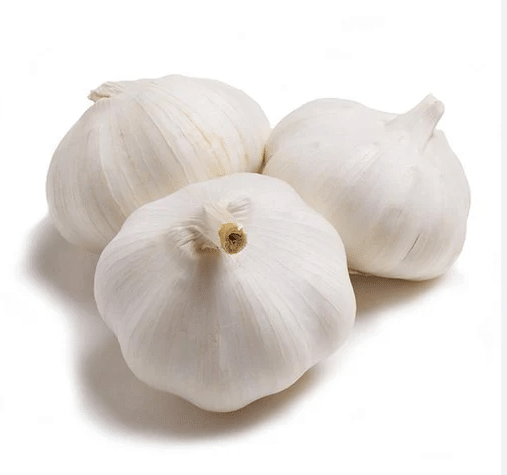
Key Factors Influencing Garlic Grades
Several factors come into play when determining garlic grades. These factors can vary slightly depending on the country of origin and specific industry standards, but generally include:
- Size & Diameter: Garlic bulbs are typically categorized by size, often measured by diameter or the number of cloves per bulb. Larger bulbs are often associated with higher grades.
- Appearance: Factors like bulb shape (round, semi-round), skin color (white, purple), and the presence of blemishes, defects, or staining can influence grade.
- Moisture Content: The moisture content of garlic affects its storage life and susceptibility to spoilage. Lower moisture content generally indicates better storage potential.
- Clove Condition: The condition of the cloves themselves, including their firmness, color, and the absence of damage, sprouting, or disease, plays a significant role in grading.
- Flavor & Aroma: While more subjective, the pungency, aroma, and absence of off-flavors contribute to the overall quality assessment of garlic.
Common Garlic Grades
While specific grade names and classifications can vary, here’s a general overview of common garlic grades:
| Grade | Description | Typical Applications |
|---|---|---|
| Premium/Grade A | The highest grade, characterized by large, uniform bulbs with clean, bright white or purple skin, free from blemishes or defects. Cloves are firm, intact, and have a robust flavor. | Fresh market sales, gourmet food products, high-end restaurants |
| Standard/Grade B | Good quality garlic with slightly smaller bulbs than Premium grade. May have minor cosmetic imperfections but still possess good flavor and aroma. | Food processing, restaurants, general culinary use |
| Commercial/Grade C | Garlic with more noticeable size variations and cosmetic imperfections. Still suitable for use in processed foods where appearance is less critical. | Garlic powder, minced garlic, garlic extracts |
| Processing/Industrial | Garlic primarily intended for processing or industrial applications. May have significant size variations, cosmetic defects, or be comprised of broken bulbs or cloves. | Garlic powder, garlic oil, pharmaceutical extracts |
Understanding International Garlic Grading Systems
Different countries and regions may have their own specific garlic grading standards. Here are a few examples:
- United States: The U.S. Department of Agriculture (USDA) has established voluntary garlic grades, but they are not as widely used as in some other countries.
- China: China, the world’s largest garlic producer, has its own set of garlic grading standards based on size, appearance, and moisture content.
- Argentina: Argentina, a major garlic exporter, also has its own grading system, often categorized by bulb size and color.
Tips for Sourcing High-Quality Garlic
- Partner with Reputable Suppliers: Establish relationships with suppliers who prioritize quality and transparency. Request information about their sourcing practices, grading systems, and certifications.
- Request Samples: Always request samples before committing to a large order. This allows you to assess the quality firsthand and ensure it meets your specific requirements.
- Specify Your Requirements Clearly: Communicate your desired grade, size, appearance, and intended use to your supplier to avoid misunderstandings and ensure you receive the right product.
- Consider Third-Party Inspections: For large orders or when sourcing from new suppliers, consider engaging a third-party inspection service to verify the quality and adherence to your specifications.
- Proper Storage: Once you receive your garlic, proper storage is crucial for maintaining its quality. Store garlic in a cool, dry, well-ventilated area away from direct sunlight and moisture.
Beyond the Grade: Other Quality Considerations
- Variety: Different garlic varieties possess unique flavor profiles and characteristics. Consider the specific variety (e.g., California Late, Spanish Roja, Chinese White) that best suits your culinary needs.
- Organic Certification: If sourcing organic garlic, verify the supplier’s organic certification from a reputable certifying body.
- Sustainability: Inquire about the supplier’s sustainability practices, including water usage, pest control methods, and fair labor practices.
- Traceability: Traceability is increasingly important in the food industry. Ask about the supplier’s traceability systems and their ability to track the garlic back to its origin.
Frequently Asked Questions about Garlic Grades & Quality Standards
Here are answers to some common questions about navigating the world of garlic grades:
Q: How do I know which garlic grade is right for my needs?
A: Consider how you’ll use the garlic and your budget.
- Premium/Grade A: Best for fresh use, gourmet products, and presentations where appearance matters. Expect a higher price point.
- Standard/Grade B: Suitable for restaurants, general cooking, and food processing where consistency is key, but minor imperfections are acceptable.
- Commercial/Grade C: Ideal for processing into powders, pastes, or extracts where the appearance of the raw garlic is less important.
Q: Are there universal garlic grading standards used worldwide?
A: Unfortunately, no. While some general principles apply (like size and freedom from defects), specific grading systems and terminology vary significantly between countries.
- Always clarify grading standards with your supplier, especially when sourcing internationally. Request detailed information or a grading chart specific to their products.
Q: Can I request a specific garlic variety in addition to a specific grade?
A: Absolutely! Variety influences flavor just as much as grade influences appearance.
- Be specific with your supplier. Don’t just request “Grade A garlic” – ask for “Grade A, California Late garlic” if that’s your desired variety.
Q: What should I do if I receive a garlic shipment that doesn’t meet my agreed-upon specifications?
A: Don’t accept a subpar shipment! Take these steps immediately:
- Contact your supplier: Inform them of the issue and reference your agreed-upon specifications.
- Document the problem: Take clear photos of the garlic, noting the discrepancies in grade, size, or quality. If possible, get a third-party inspection.
- Work towards a resolution: Reputable suppliers will have procedures for addressing quality concerns, which might include a partial refund, replacement shipment, or credit on a future order.
Q: Where can I find more information about specific garlic grading systems used in different countries?
A: Here are some resources:
- Industry Associations: Contact garlic grower associations in the exporting country (e.g., The Garlic Institute in the US).
- Agricultural Departments: Many countries’ agricultural departments publish information on export standards for their produce.
- Online Databases: Some online platforms specialize in agricultural product information, including grading systems.
Remember, clear communication with your supplier is key to getting the garlic quality you need!
Why Choose CAIE for Your Wholesale Garlic Needs?
As a leading supplier of high-quality garlic from Shandong Province, China – the world’s largest garlic-producing region – CAIE offers food processors a unique combination of advantages:
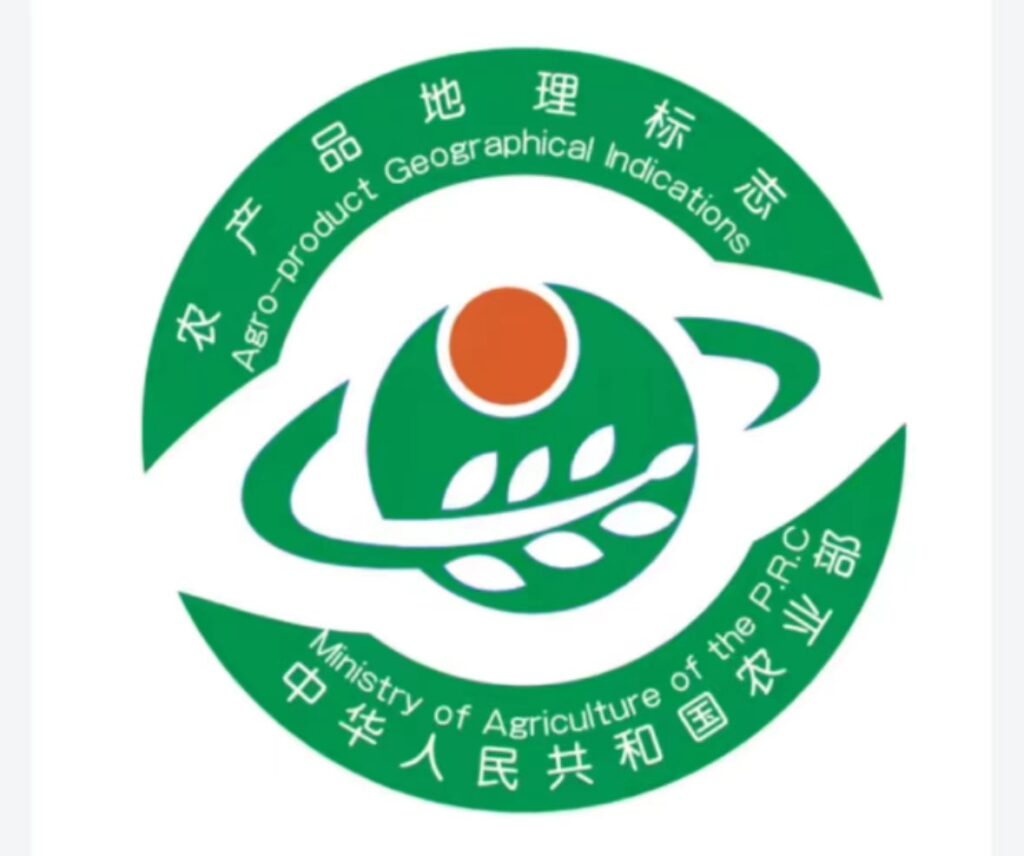

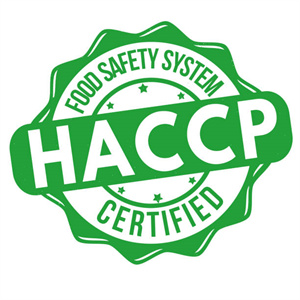
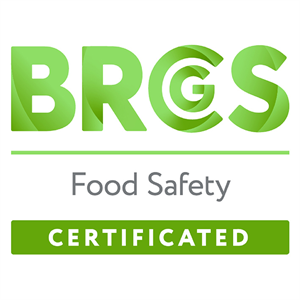
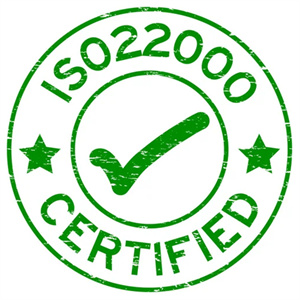
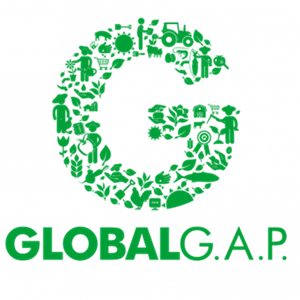
- Unwavering Commitment to Quality: At CAIE, quality is non-negotiable. Our garlic is cultivated on over 10,000 acres of company-owned farms in Jinxiang County and Weifang City, adhering to the highest international standards, including those of the European Union, Japan, and the U.S. From soil analysis and seed selection to green planting and harvesting, we maintain meticulous control over every stage of production to ensure exceptional quality and flavor consistency.
- Reliable Supply & Capacity: With our extensive farming operations, modern storage facilities exceeding 100,000 square meters, and a dedicated logistics team in the Weifang Free Trade Zone, CAIE guarantees a consistent and reliable supply of garlic to meet the demands of even the largest food processors. We offer flexible order sizes, competitive lead times, and the capacity to handle large-scale orders efficiently.
- Garlic Expertise & Customized Solutions: Backed by a team of agricultural experts and a foreign trade division with over 20 years of experience, CAIE provides unparalleled expertise in garlic varieties, forms, and their suitability for specific food processing applications. We work closely with our clients to understand their unique needs and develop tailored solutions, from sourcing specific garlic types to providing custom processing and packaging options.
- Sustainable & Ethical Sourcing: CAIE is committed to sustainable agriculture practices and ethical sourcing throughout our supply chain. We prioritize environmentally responsible farming methods, fair labor practices, and transparency in our operations. By choosing CAIE, you’re not only getting premium garlic but also supporting a company that aligns with your values.
- Partnership Approach & Customer Focus: At CAIE, we believe in building long-term partnerships with our clients based on trust, transparency, and mutual success. Our dedicated customer support team is always available to answer your questions, address your concerns, and provide ongoing support to ensure your complete satisfaction.
Conclusion
Understanding garlic grades and quality standards is essential for making informed sourcing decisions, ensuring product consistency, and maximizing the value of your garlic purchases. By partnering with reputable suppliers, clearly communicating your requirements, and implementing proper storage practices, you can confidently navigate the world of garlic grading and unlock the full flavor potential of this culinary staple.
